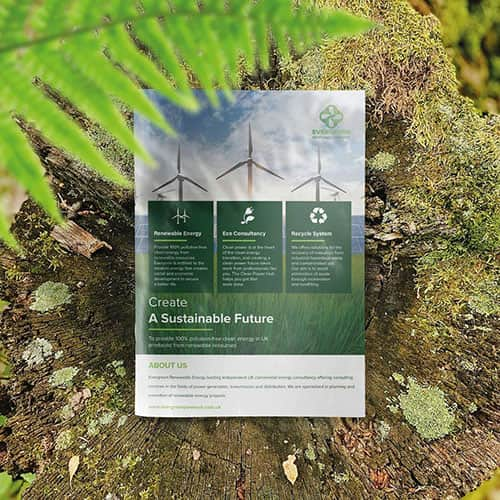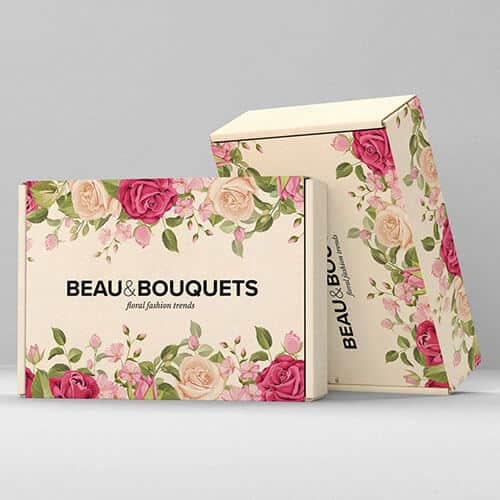When it comes to your marketing materials, you should consider your paper type early on – almost as early on as the design! There are factors you should consider when it comes to choosing your paper type, and in this blog, we explore the main points that you should think about. With our knowledge, you can unlock your potential through the use of the best suited paper solution.
Consider its purpose
The first thing you should consider is the lifespan of your marketing material. What is the marketing material for? What form is your marketing material going to take – a brochure, a poster or even a set of business cards? What impression are you looking to get across? The type of paper you print upon can set the tone for your business, and your message, so it is an important actor to consider. What is the message you are trying to get across? If you are printing on behalf of your environmentally conscious business, you should consider using a paper form with a lower GSM to reflect your message.
Consider its lifespan
Dependant on the form of marketing material you have, there will be a lifespan to your material. Are you hoping for your material to remain in good condition of the cabinet of your clients? Perhaps you are looking to spread your message quickly with some fast advertising? Leaflets posted through front doors hold a much shorter lifespan than that of a set of business cards or professional brochure. The longer you desire the lifespan of your marketing material to be, the higher the GSM of your paper type should be.
Consider the finish
When it comes to the final print of your marketing material, there are certain finishes that can enhance your design. Choosing between matte, gloss and silk, you can achieve varying finishes to suit your print. Commonly, a gloss finish is used for prints where colour is used heavily, whilst matte laminations are used for a softer finish such as in commercial brochures. Your style of lamination is down to you, and whist there is no right or wrong, a specialist will be able to advise you on what could look best for your print.
What is usually used, when?
We thought it might be helpful for you to understand examples of what paper types are used, and when…
- 35-55 GSM: A thin paper type that is commonly used for newspapers, where the pages don’t need to have a long lifespan.
- 90 GSM: A paper style that is typically used for the inside pages of magazines.
- 130-170 GSM: A paper type that is used for standard posters with a longer lifespan.
- 170-300 GSM: A paper type that is suitable for professional brochures.
- 350-400 GSM: A paper type of thin card, regularly used for business cards that need a reliably long lifespan.
At Printingprogress, our team have a passion for print, and want to see your businesses marketing materials reach their full potential. For specialist advice or guidance, get in touch by calling us on 020 8290 1010 or sending us an email at info@printingprogress.co.uk.



 Eco friendly, sustainably sourced recycled FCS certified print
Eco friendly, sustainably sourced recycled FCS certified print Takeaway Screens
Takeaway Screens Postal Boxes
Postal Boxes